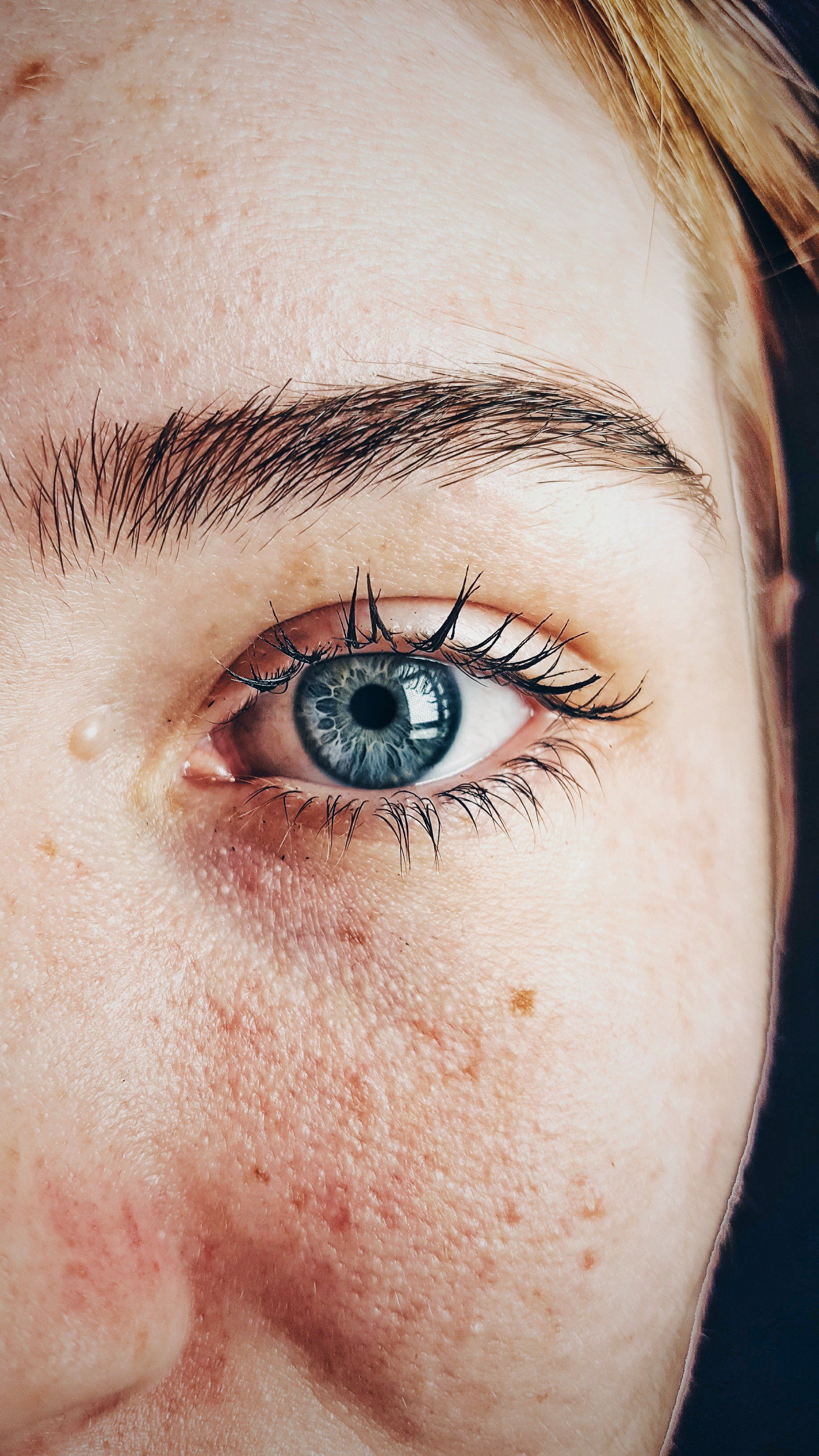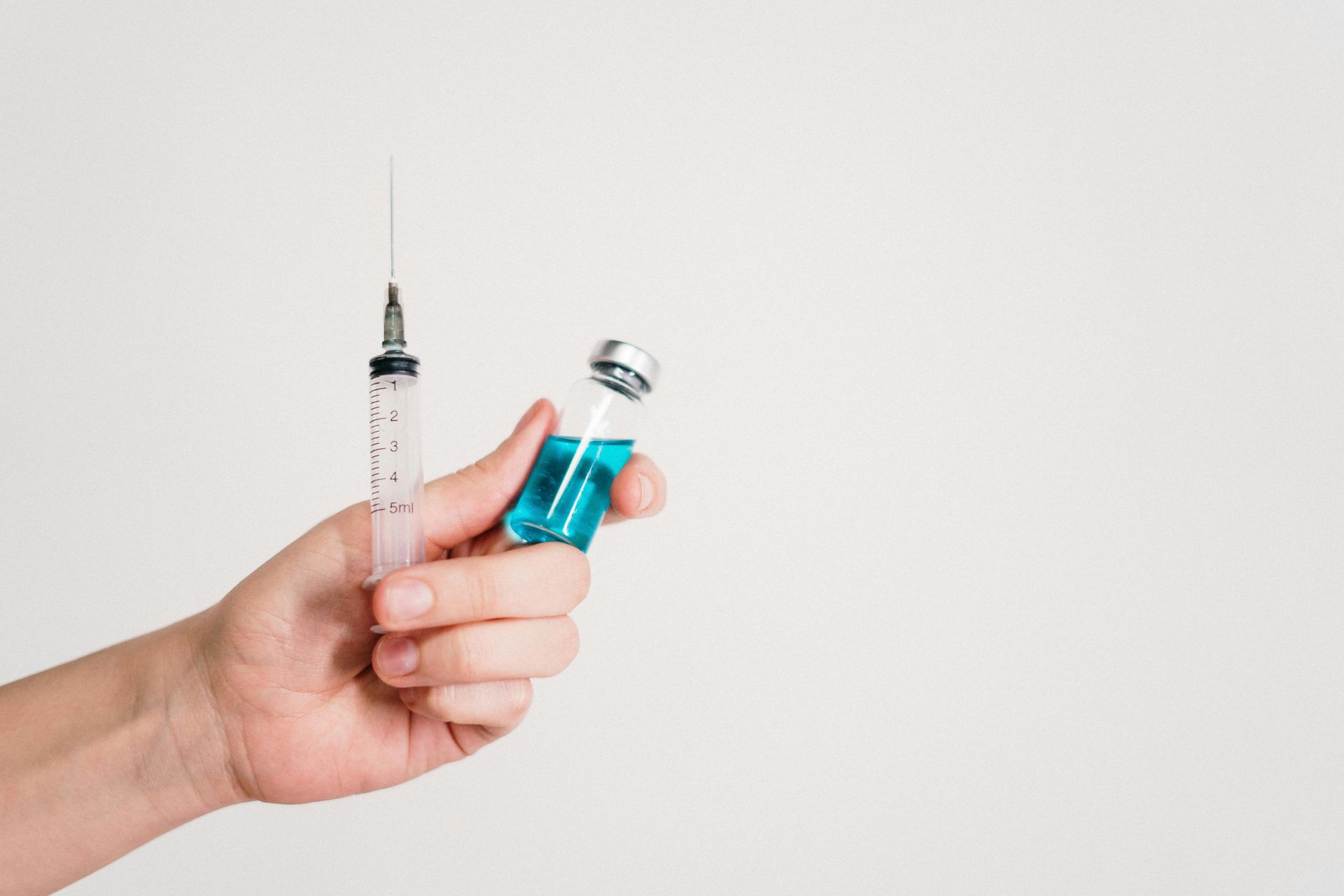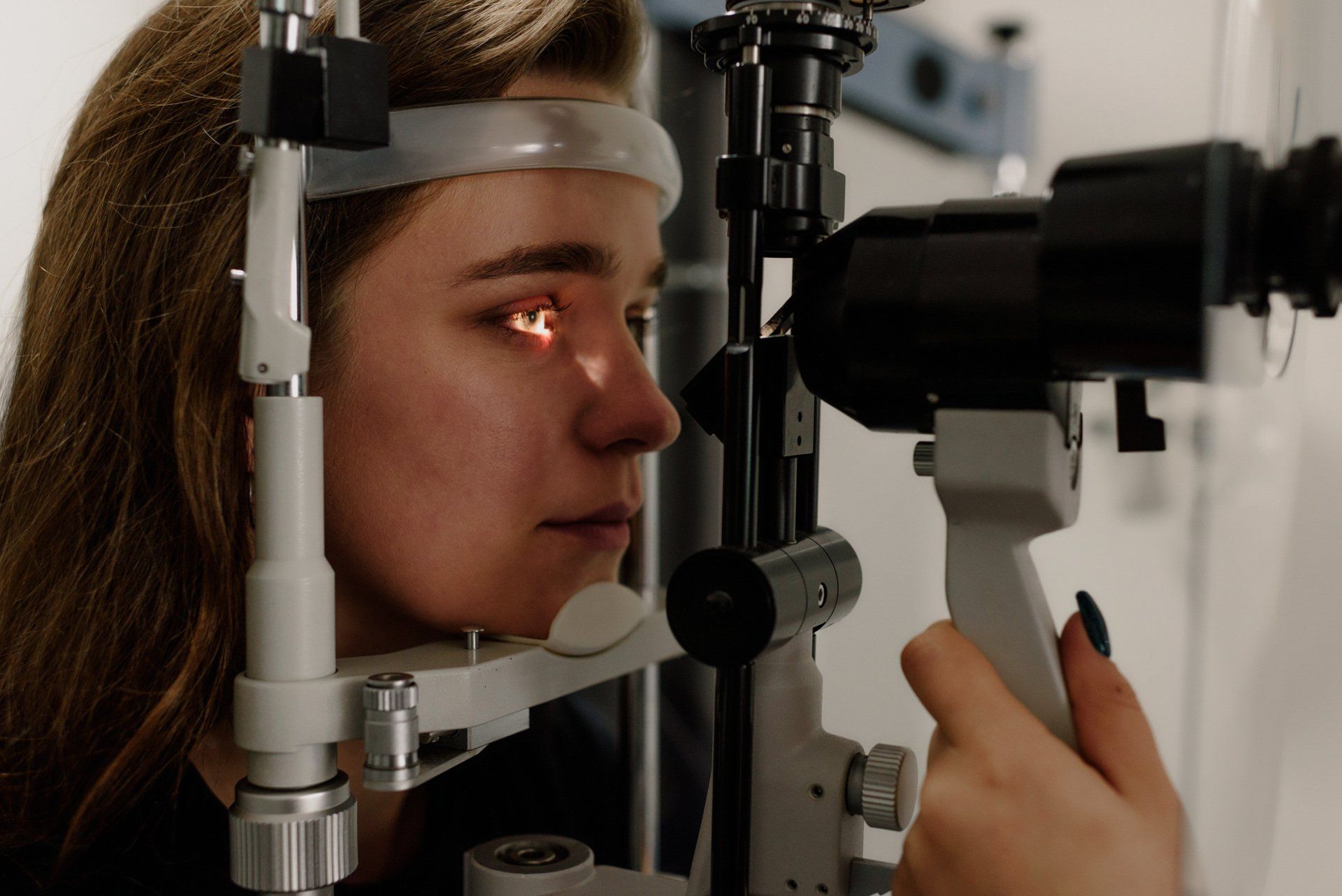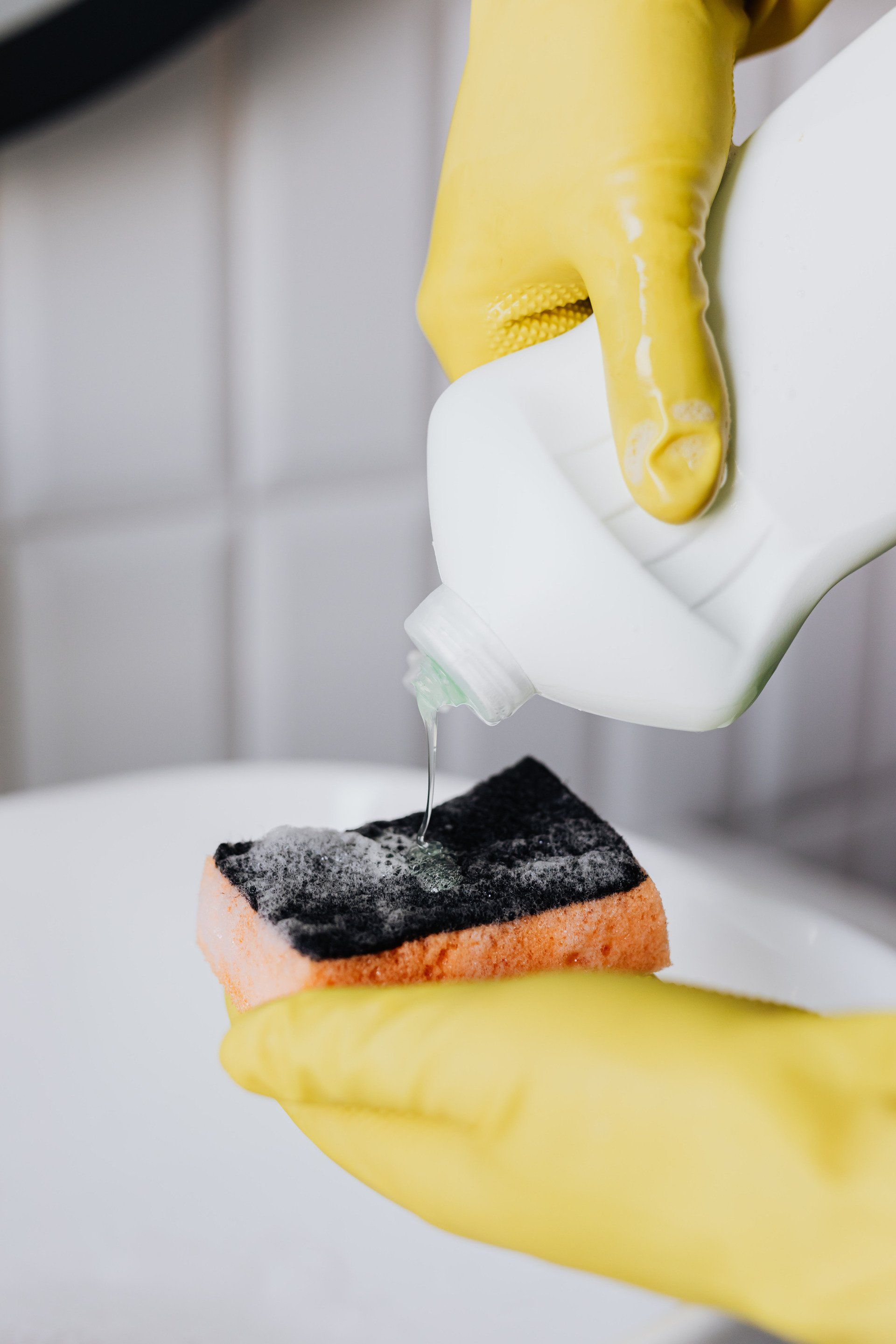Causes, Symptoms and Treatment Options

Dry eye syndrome, also known as Keratoconjunctivitis Sicca, is a common condition that occurs when your eyes don't produce enough tears or when the tears evaporate too quickly. This can lead to inflammation and damage to the surface of the eye, causing discomfort and vision problems.
Causes of Dry Eye Syndrome
Dry eye syndrome can be caused by a variety of factors, including:
1. Aging: As we age, tear production tends to decrease. This is especially common in postmenopausal women.
2. Medications: Certain medications, such as antihistamines, decongestants, blood pressure medications, and antidepressants, can reduce tear production.
3. Medical Conditions: Conditions such as diabetes, rheumatoid arthritis, and thyroid disorders can contribute to dry eyes. Additionally, Meibomian Gland Dysfunction is a highly common cause for dry eye.
4. Environmental Factors: Exposure to smoke, wind, and dry climates can increase tear evaporation.
5. Screen Time: Prolonged use of computers, smartphones, and other digital devices can reduce blinking frequency, leading to dry eyes.
6. Contact Lenses: Wearing contact lenses for extended periods can disrupt tear film and cause dryness.
Symptoms of Dry Eye Syndrome
The symptoms of dry eye syndrome can vary from person to person but commonly include:
- A stinging, burning, or scratchy sensation in the eyes
- Sensitivity to light
- Redness of the eyes
- A feeling of having something in your eyes (foreign body sensation)
- Difficulty wearing contact lenses
- Difficulty with nighttime driving
- Watery eyes, which is the body's response to the irritation of dry eyes
- Blurred vision or eye fatigue
Diagnosing Dry Eye Syndrome
If you suspect you have dry eye syndrome, it's important to see your eye doctor. They can perform a comprehensive eye exam and use various tests and even special imaging to evaluate tear production, gland function, and ocular surface health.
Treatment Options
Treatment for dry eye syndrome aims to restore a sufficient and stable tear film to relieve symptoms and prevent damage to the eye surface. Treatment options include:
1. Artificial Tears: Over-the-counter eye drops can provide temporary relief by lubricating the eyes. Many different forms of artificial tears exist, in various viscosities and formulas. It is important to avoid any drops marketed to relieve redness, these do not function in the same capacity as artificial tears.
2. Prescription Medications: Anti-inflammatory drugs like cyclosporine (Restasis) or lifitegrast (Xiidra) can increase tear production and reduce inflammation. There are some newer prescription drugs which also include nasal sprays like Tyrvaya (varenicline solution).
3. Punctal Plugs: These tiny devices can be inserted into the tear ducts to reduce tear drainage and keep the eyes moist.
4. Lifestyle Changes: Taking breaks during screen time, using a humidifier, and avoiding smoky or windy environments can help manage symptoms.
5. Nutritional Supplements: Omega-3 fatty acids found in fish oil can improve tear quality.
6. Warm Compresses and Eyelid Hygiene: Regularly applying warm compresses and cleaning the eyelids can help with Meibomian Gland Dysfunction.
7. Lid & Tear Revitalization treatments: A specialized, in-office treatment that uses warmth and gentle massage to release blocked Meibomian glands.
Preventing Dry Eye Syndrome
While some risk factors for dry eye syndrome, such as aging and medical conditions can't be avoided, you can take steps to reduce your risk:
- Blink regularly, especially when using digital devices. Practice the 20-20-20 rule; every 20 minutes look up from focused work 20 feet across the room for 20 seconds.
- Maintain a comfortable humidity level in your home and workplace.
- Wear sunglasses to protect your eyes from wind and sun.
- Stay hydrated by drinking plenty of water.
-Remove contacts regularly and never sleep in contacts.
- Use eye protection when swimming to avoid chlorinated water.
Dry eye syndrome is a prevalent and often uncomfortable condition, but with proper management and treatment, its symptoms can be significantly alleviated. If you experience persistent eye discomfort, consult with your eye doctor to explore the best treatment options for you. Taking proactive steps to protect your eyes and maintain their health can make a big difference in your overall quality of life.













